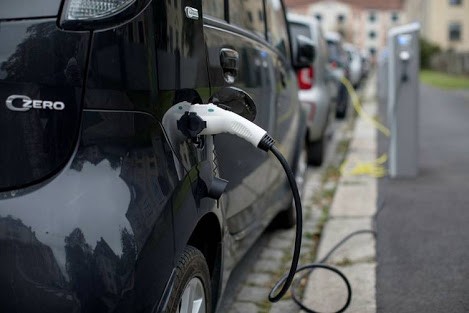WyleECoyoteNZ:
Cost is lower at moment while demand is low.
There is nothing to stop PowerCo in Waiouru for example charging the same to recharge your EV as it costs to fill a similar class of 4 door car in the future. Supply and Demand.
And in theory, this supply and demand could result in increased household costs for all, regardless of if you drive an EV or not, as the use and home charging (therefore demand) becomes more common place.
When do you suppose that would happen in NZ? How many EVs would there need to be for this to be a problem?



